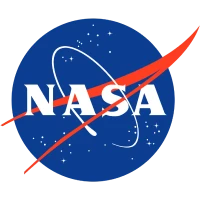Explorer 20 (IE-A)
Launch Success
Liftoff Time (GMT)
13:43:00
Tuesday August 25, 1964
Mission Details
Explorer 20
Explorer 20 (IE-A, Ionospheric Explorer A, TOPSI, Top Side Explorer or S 48) was designed to measure electron distribution, ion density and temperature, and to estimate cosmic noise levels between 2 and 7 MHz. The satellite was a small ionospheric observatory instrumented with a six-frequency ionospheric sounder and an ion probe. A cosmic noise experiment used the noise signal from the sounder receivers. The satellite consisted of a short cylinder terminated on either end by truncated cones. The ion probe, mounted on a short boom, extended from the upper cone. The six sounding antennas (3 dipoles) extended from the satellite equator. One pair of 18.28 m antennas formed the dipole used for the low frequencies, and the other two dipoles consisted of four 9.14 m antennas. The satellite was spin stabilized at 1.53 rpm just after antenna extension, with the spin axis initially very close to the orbit plane. At the end of 1 year, the spin had slowed to 0.45 rpm. Since there was no tape recorder, data were received only in the vicinity of telemetry stations. Telemetry stations were located to provide primary data coverage near 80 deg W plus areas near Hawaii, Singapore, the United Kingdom, Australia, and Africa.
Low Earth Orbit
1 Payload
45 kilograms
Launch Site
Stats
Scout
20th
Mission
4th
Mission of 1964
1964
60th
Orbital launch attempt

